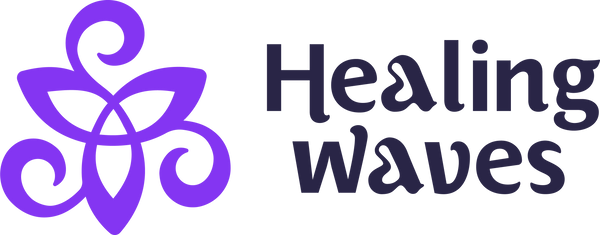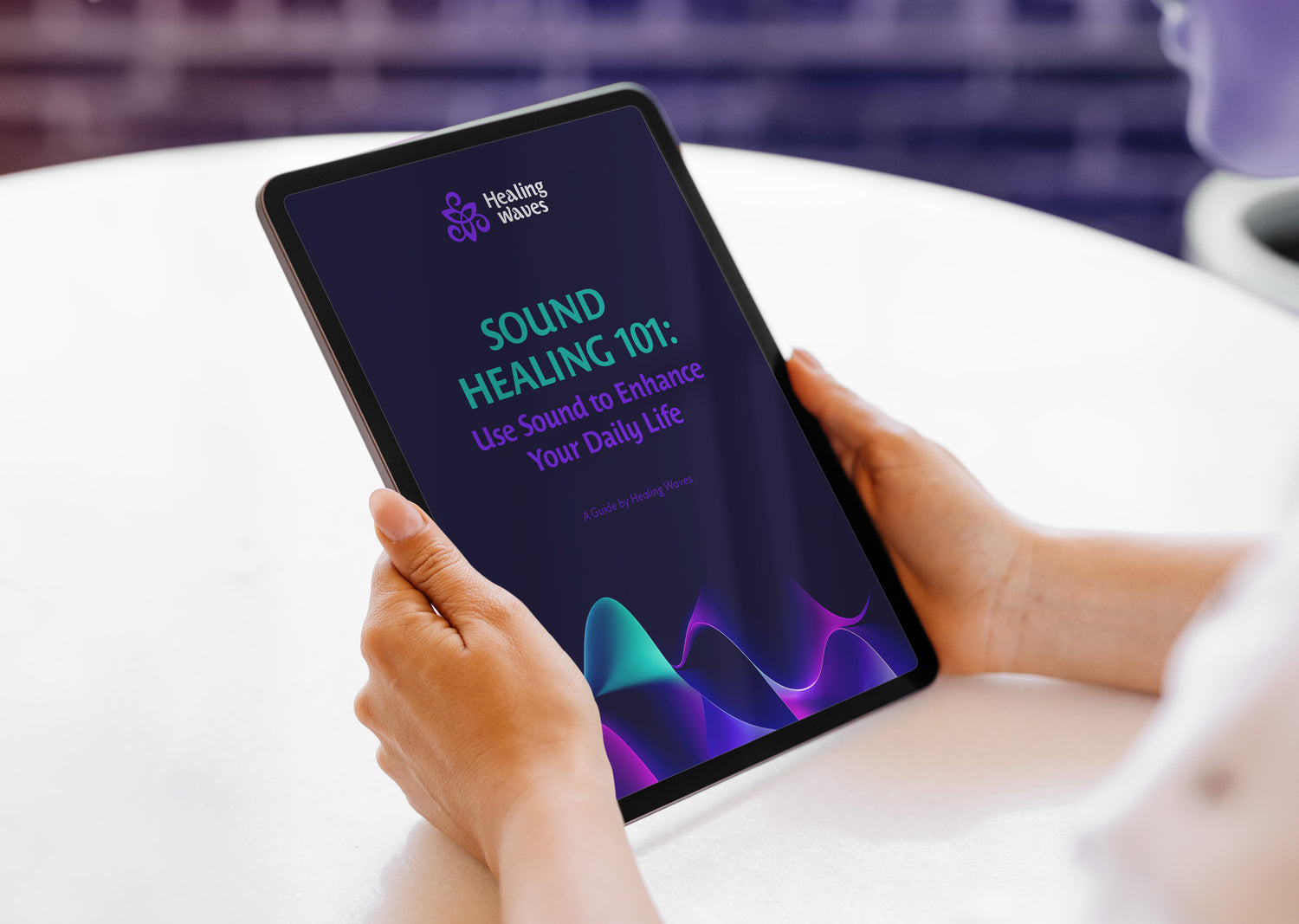What is neurofeedback?
Neurofeedback, also known as EEG (electroencephalogram) biofeedback, is a therapeutic intervention that provides immediate feedback from a computer-based program that assesses a client’s brainwave activity. The program then uses sound or visual signals to reorganize or retrain these brain signals. By responding to this process, clients learn to regulate and improve their brain function and to alleviate symptoms of various neurological and mental health disorders.
What is Biofeedback?
Biofeedback is a technique you can use to learn to control some of your body's functions, such as your heart rate. During biofeedback, you're connected to electrical sensors that help you receive information about your body.
This feedback helps you make subtle changes in your body, such as relaxing certain muscles, to achieve the results you want, such as reducing pain. In essence, biofeedback gives you the ability to practice new ways to control your body, often to improve a health condition or physical performance.
"We are what we think. All that we are arises with our thoughts. With our thoughts, we make the world." —Buddha
How Does Biofeedback Therapy Work?
During a biofeedback session, electrodes are attached to your skin. Finger sensors can also be used. These electrodes/sensors send signals to a monitor, which displays a sound, flash of light, or image that represents your heart and breathing rate, blood pressure, skin temperature, sweating, or muscle activity.
When you're under stress, these functions change. Your heart rate speeds up, your muscles tighten, your blood pressure rises, you start to sweat, and your breathing quickens. You can see these stress responses as they happen on the monitor, and then get immediate feedback as you try to stop them. Biofeedback sessions are typically done in a therapist's office, but there are computer programs that connect the biofeedback sensor to your own computer.
A biofeedback therapist helps you practice relaxation exercises, which you fine-tune to control different body functions. For example, you might use a relaxation technique to turn down the brainwaves that activate when you have a headache.
Several different relaxation exercises are used in biofeedback therapy, including:
- Deep breathing
- Progressive muscle relaxation -- alternately tightening and then relaxing different muscle groups
- Guided imagery -- concentrating on a specific image (such as the color and texture of an orange) to focus your mind and make you feel more relaxed
- Mindfulness meditation -- focusing your thoughts and letting go of negative emotions
As you slow your heart rate, lower your blood pressure, and ease muscle tension, you'll get instant feedback on the screen. Eventually, you'll learn how to control these functions on your own, without the biofeedback equipment.
Electromyogram (EMG) - This measures muscle activity and tension. It may be used for back pain, headaches, anxiety disorders, muscle retraining after injury, and incontinence.
Thermal - This measures skin temperature. It may be used for headache and Raynaud's disease.
Neurofeedback or electroencephalography (EEG) - This measures brainwaves. It may be used for attention deficit hyperactivity disorder (ADHD), epilepsy and other seizure disorders.
Electrodermal activity (EDA) - This measures sweating and can be used for pain and anxiety.
Heart rate variability (HRA) - This measures heart rate. It may be used for anxiety, asthma, chronic obstructive pulmonary disease (COPD), and irregular heartbeat.
Each biofeedback therapy section lasts about 60-90 minutes. Usually, you can start to see biofeedback benefits within 10 sessions or less. Some conditions, such as high blood pressure, can take more sessions to improve.
"The mind has exactly the same power as the hands; not merely to grasp the world, but to change it." —Colin Wilson
Biofeedback Uses
Biofeedback can help with many different conditions. Here is a rundown of some biofeedback benefits:
Chronic pain. By helping you identify tight muscles and then learn to relax those muscles, biofeedback may help relieve the discomfort of conditions like low back pain, abdominal pain, temporomandibular joint disorders (TMJ), and fibromyalgia. For pain relief, biofeedback can benefit people of all ages, from children to older adults.
Headaches. Headaches are one of the best-studied biofeedback uses. Muscle tension and stress can trigger migraines and other types of headaches and can make headache symptoms worse. There is good evidence that biofeedback therapy can relax muscles and ease stress to reduce both the frequency and severity of headaches. Biofeedback seems to be especially beneficial for headaches when it's combined with medications.
Anxiety. Anxiety relief is one of the most common uses of biofeedback. Biofeedback lets you become more aware of your body's responses when you're stressed and anxious. Then you can learn how to control those responses.
Urinary Incontinence. Biofeedback therapy can help people who have trouble controlling the urge to use the bathroom. Biofeedback can help women find and strengthen the pelvic floor muscles that control bladder emptying. After several sessions of biofeedback, women with incontinence may be able to reduce their urgent need to urinate and the number of accidents they have. Biofeedback can also help children who wet the bed, as well as people with fecal incontinence (the inability to control bowel movements). Unlike drugs used to treat incontinence, biofeedback doesn't tend to cause side effects.
High Blood Pressure. Evidence on the use of biofeedback for high blood pressure has been mixed. Although the technique does seem to lower blood pressure slightly, biofeedback isn't as effective as medication for blood pressure control.
Other biofeedback uses include:
- Attention deficit hyperactivity disorder (ADHD)
- Chronic obstructive pulmonary disease (COPD)
- High blood pressure
- Raynaud's disease
- Injury
- Asthma
- Constipation
- Epilepsy
- Rheumatoid arthritis
NEUROFEEDBACK EXAMPLE
- WebMD
- Brainworksneurotherapy
- psychology today
Join our Community now, Facebook Community or Instagram Community
P.S- You Can our use, Meditation Music to get any of the Brainwaves state we have mantioned above, try it now, it will change your life!


